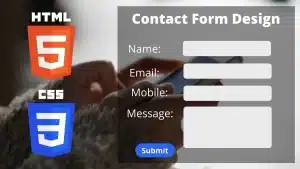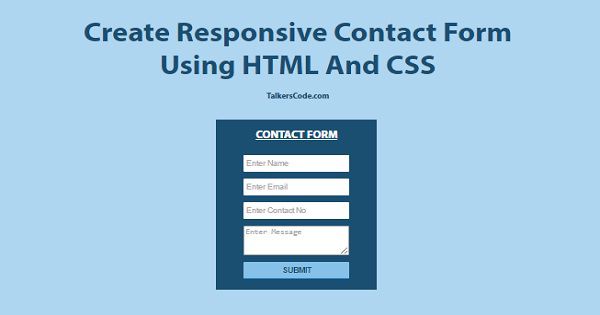The Importance of Page Layout in Web Design
When it comes to website design, one of the most important things that is frequently disregarded is the page layout. Page layout is the arrangement and presentation of the many elements of a web page to the user. It has a huge impact on the website’s user experience, readability, and overall attractiveness. In this post, we will look at the basic page layout rules as well as how to use h1, h2, and h3 title tags to create an effective and visually appealing web design.
Why is Page Layout Important?
The page layout is the cornerstone of the design of a website. It governs the flow of information and how people interact with the material. A good website layout can improve the user experience by making it easier for visitors to access the information they need and take the activities they want.
A well-structured page layout can help boost content readability. It allows visitors to quickly scan the page, identify essential areas, and absorb information more effectively. This is especially critical in today’s fast-paced digital environment, where attention spans are short and consumers scan rather than read every word.
Furthermore, the aesthetic appeal of a website is influenced by the page layout. A visually appealing design will captivate users and keep them on the site for extended periods of time. A cluttered and disorganized layout, on the other hand, can result in high bounce rates and unsatisfied visitors. For diverse inverloch website design see here.
The Rule for Effective Page Layout
1. Prioritize Content Hierarchy
The first rule of page layout is to prioritize the hierarchy of content. This entails organizing the content in a way that highlights the most relevant information and seamlessly moves people around the page. To do this, proper use of header tags such as h1, h2, and h3 is required.
The h1 tag should only be used for the page’s primary title or headline. It should properly explain the page’s theme or aim and assist users in understanding what to expect. The h1 element is also used by search engines to determine the main topic of the page, making it important for SEO (Search Engine Optimization).
Subheadings, denoted by the h2 and h3 tags, are essential for structuring the material. They form a hierarchy by using h2 tags to represent important sections and h3 tags to indicate subsections. This organization allows users to scan the page and quickly discover the information they require. It also aids search engines in comprehending the structure of the information and its relevance to specific searches.
2. Utilize White Space
White space, often known as negative space, is the empty area between web page elements. Although it may appear paradoxical, white space is a powerful design feature that has a major impact on the overall page layout. Designers may create a feeling of balance, improve legibility, and attract attention to crucial parts by properly using white space.
A page with too much clutter can be overpowering and misleading for users. A properly spaced layout, on the other hand, allows readers to focus on individual elements, making the information more scannable and interesting to read.
3. Adopt Responsive Design
With the increased use of mobile devices for internet browsing, it is critical to implement an adaptable page layout. Responsive design guarantees that a website adapts to different screen sizes and devices, ensuring that all users have a consistent and user-friendly experience. https://celestinos.com.au/
When designing a responsive layout, items should be placed so that they fit naturally on smaller displays, and content should be easily accessible without excessive scrolling or zooming. Responsive design improves not only user experience but also search engine rankings, as Google promotes mobile-friendly websites in its search results.
4. Maintain Consistency
The key to developing a unified and professional-looking website is consistency. A website’s pages should all have a consistent layout, color scheme, font, and navigation system. This ensures that consumers can readily recognize and comprehend the structure of the website, regardless of which page they are on.

The use of heading tags should be consistent as well. Each page should only have one h1 tag denoting the primary headline, with h2 and h3 tags used to organize the following material. This method not only improves user experience but also assists search engines in better understanding the content structure.
5. Consider the F-Pattern and Z-Pattern
According to research, consumers read web pages in either an F-pattern or a Z-pattern. For text-heavy pages, visitors read horizontally over the top of the page and then vertically down the left side, focusing on the first few paragraphs or subheadings.
The Z-pattern is more common on pages that have less text and a greater emphasis on visual components. Users begin from the top left, proceed diagonally to the top right, then diagonally to the bottom left, and finally to the bottom right. Understanding these patterns can assist designers in strategically positioning crucial information and calls-to-action.
Conclusion
Finally, page layout is an important part of web design that has a considerable impact on user experience, readability, and overall aesthetics. Web designers can develop visually appealing and user-friendly websites that leave a great impression on visitors by following the key guidelines for effective page layout and utilizing heading tags such as h1, h2, and h3.
Prioritizing content hierarchy with appropriate header tags, utilizing white space, implementing responsive design, keeping consistency, and taking scanning habits into account are all key concepts that should lead the building of an amazing website layout. These criteria, when followed correctly, can result in a well-organized and visually appealing website that captivates users and keeps them coming back for more.





